Medical devices have revolutionized how we diagnose, treat, and manage health conditions. These innovations save lives and improve the quality of life for millions of people. Every device tells a story of human ingenuity and determination. They highlight how science and technology continue to reshape healthcare. Here’s a closer look at some of the most groundbreaking devices in medical history.
Pacemaker
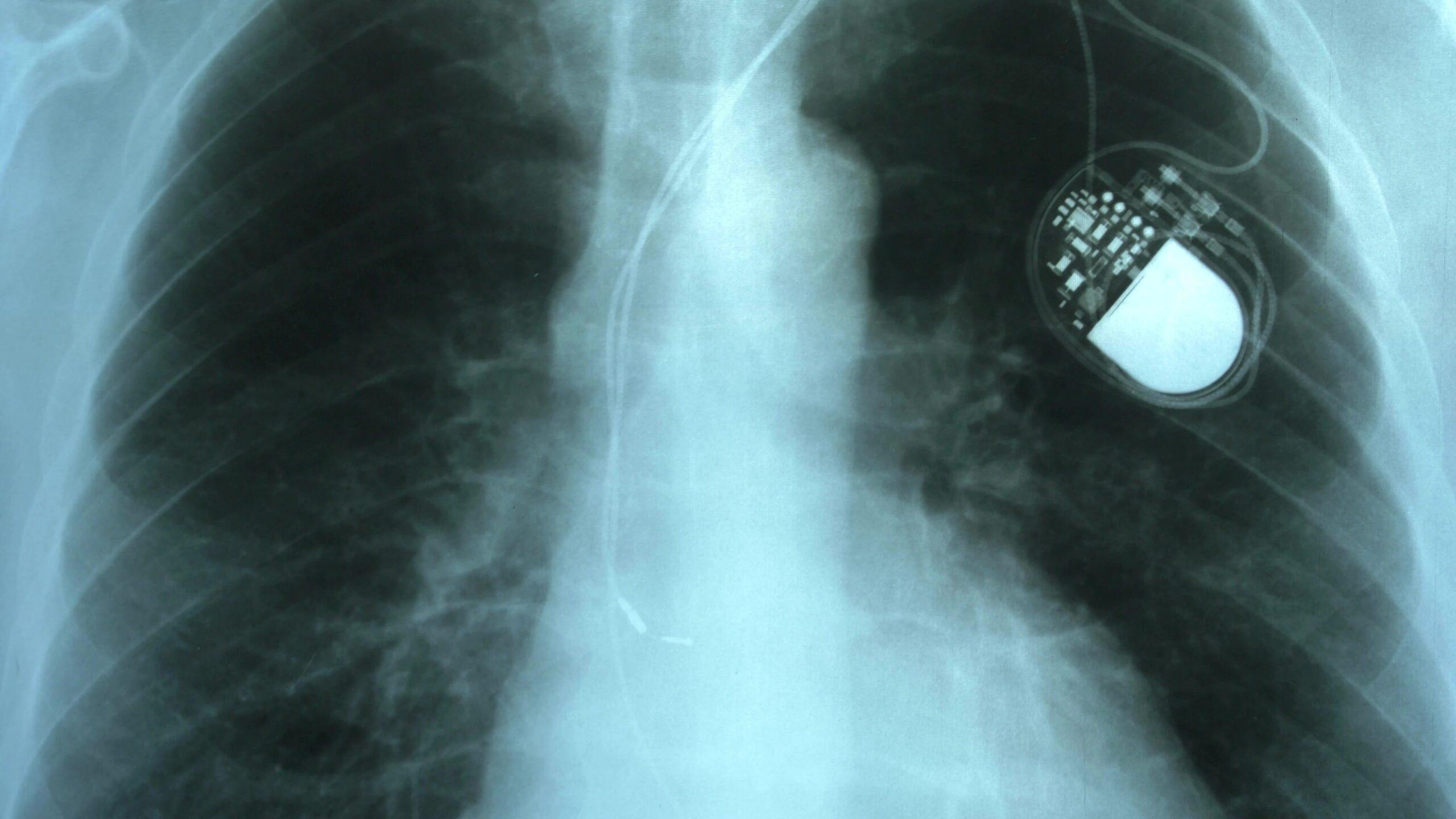
The pacemaker helps regulate irregular heartbeats using electrical pulses. It was first invented in the 1950s and has since undergone remarkable advancements. Modern pacemakers are small, implantable devices that monitor and stabilize heart rhythms. They prevent complications caused by arrhythmias and bradycardia. Many are now rechargeable and can even connect to smartphones for monitoring. The device has extended countless lives and restored normalcy for patients. It remains a cornerstone of cardiac care today.
Prosthetic Limbs
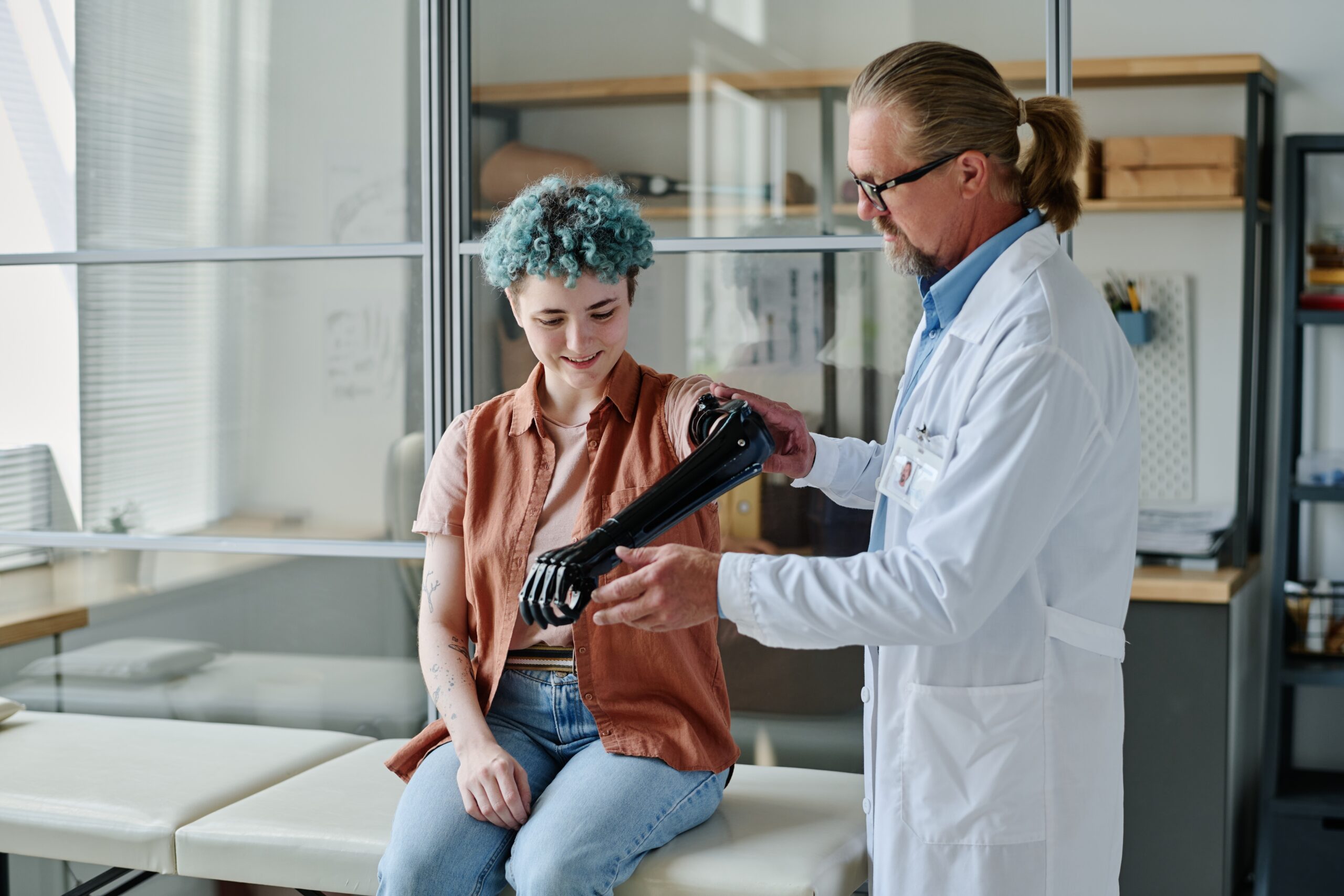
Prosthetic limbs replace missing body parts, offering mobility and independence. These devices have evolved from simple wooden constructs to advanced robotic systems. Modern designs use lightweight materials and sensors for a more natural movement. Some even integrate with the nervous system for precise control. They significantly improve the lives of amputees by restoring function and confidence. Innovations like 3D printing are making prosthetics more accessible. They symbolize how technology can help people regain their freedom.
Ultrasound Scanner

The ultrasound scanner uses high-frequency sound waves to create real-time images of the body. It is widely used in obstetrics, cardiology, and diagnostic imaging. This non-invasive tool helps doctors examine soft tissues, monitor pregnancies, and detect abnormalities. It’s portable, safe, and highly effective in many medical fields. Since its invention in the 1950s, it has become a standard tool in hospitals. Advances now allow for 3D and 4D imaging, improving diagnostic accuracy. Its accessibility continues to transform global healthcare.
Artificial Heart
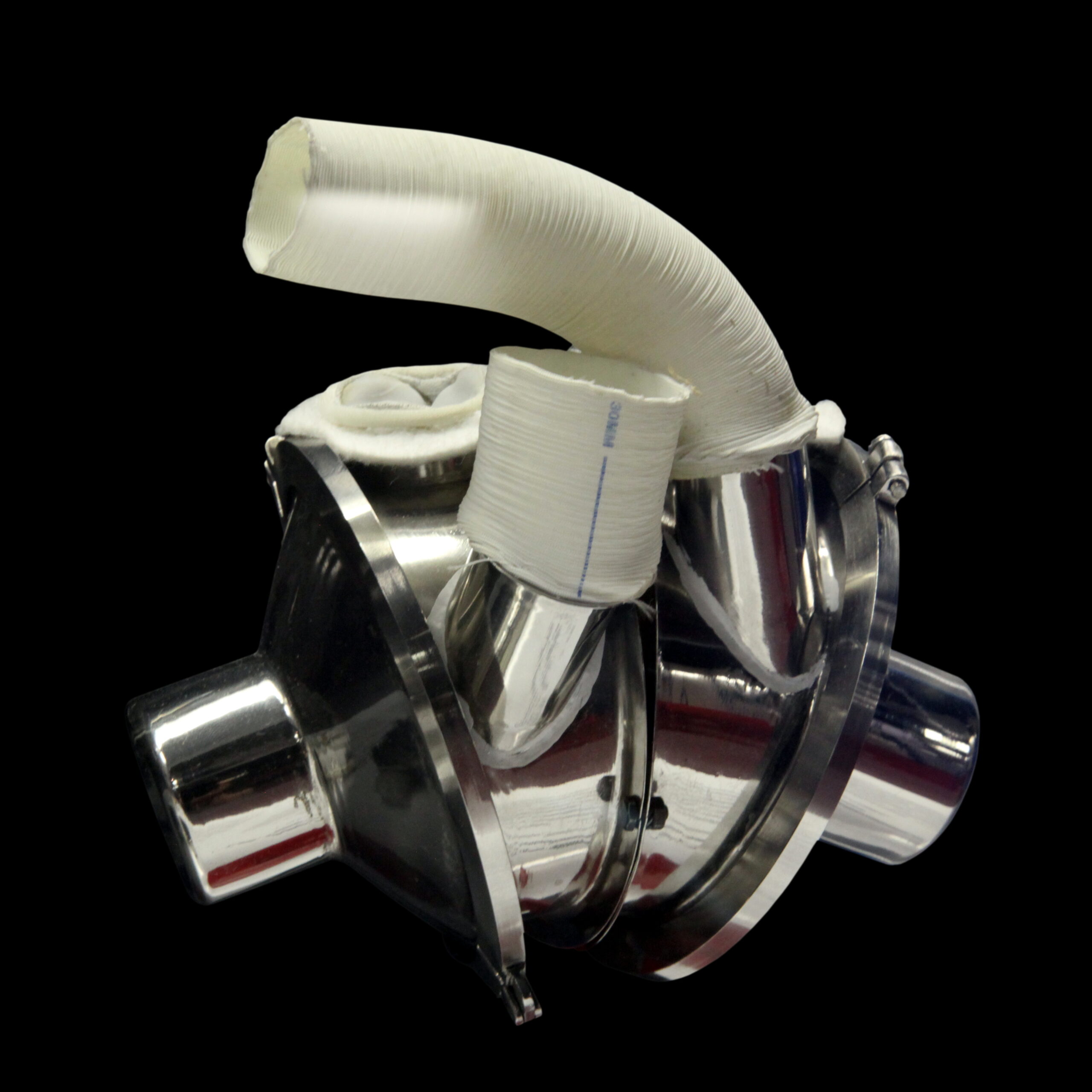
The artificial heart temporarily or permanently replaces a failing heart. It was first successfully implanted in a human patient in 1982. These devices sustain life for patients waiting for heart transplants. They pump blood through the body, ensuring oxygen and nutrients reach vital organs. Modern versions are smaller and more efficient, allowing for greater mobility. They represent a milestone in tackling end-stage heart disease. The artificial heart is a symbol of hope for those with no other options.
MRI Machine

The MRI machine creates detailed images of the body using magnetic fields and radio waves. Unlike X-rays, it does not use radiation, making it safer for patients. This device excels in imaging soft tissues like the brain, spinal cord, and muscles. Since its introduction in the 1970s, it has become a critical tool in diagnosing diseases. Advanced versions now offer faster scans and clearer images. It has transformed how doctors detect and treat complex conditions. MRI technology continues to push the boundaries of medical imaging.
X-Ray Machine

The X-ray machine was one of the first devices to allow doctors to see inside the body. Invented in 1895, it revolutionized diagnostic medicine by imaging bones and internal structures. This non-invasive tool helps identify fractures, infections, and even cancers. Today, digital X-rays are faster and expose patients to less radiation. Portable versions bring imaging capabilities to emergency and remote settings. It remains a foundational device in nearly every hospital. Its contribution to healthcare is immeasurable.
Defibrillator

The defibrillator restores normal heart rhythms during cardiac emergencies. It delivers a controlled electrical shock to the heart to stop arrhythmias or restart it. Since its invention in the 1940s, it has saved countless lives worldwide. Automated external defibrillators (AEDs) are now common in public spaces, making them accessible to non-medical responders. Advanced models used in hospitals monitor patients continuously for instant action. This device is a lifesaver in critical situations. Its presence ensures rapid intervention in moments of crisis.
Insulin Pump

An insulin pump delivers insulin continuously to help manage diabetes. It mimics the function of a healthy pancreas by providing both basal and bolus doses. The device eliminates the need for frequent injections, offering convenience and precision. Many pumps include advanced features like glucose monitors and app integration. They improve blood sugar control and reduce the risk of complications. Portable and discreet, they fit easily into daily routines. This innovation has transformed diabetes care for millions worldwide.
Dialysis Machine

The dialysis machine filters waste, toxins, and excess fluids from the blood when kidneys fail. It acts as an artificial kidney, helping patients with chronic kidney disease survive. There are two main types: hemodialysis, done at clinics, and peritoneal, which can be done at home. Advanced machines now feature automated settings for safety and efficiency. The process significantly reduces symptoms like fatigue and swelling. Dialysis is a lifeline for those awaiting kidney transplants. It exemplifies life-sustaining innovation in medical technology.
Cochlear Implant

A cochlear implant restores hearing for individuals with severe hearing loss. It bypasses damaged parts of the ear by stimulating the auditory nerve directly. The device includes an external microphone and a surgically implanted electrode array. Advanced versions deliver improved sound quality and even enable music perception. They provide a chance to hear sounds and speech, often for the first time. Children benefit immensely, as it aids language development. The cochlear implant remains a marvel of modern audiology.
Robotic Surgical System (e.g., Da Vinci Robot)

The Da Vinci robot revolutionized minimally invasive surgery. It allows surgeons to perform precise procedures using robotic arms controlled remotely. The system offers enhanced visualization through high-definition 3D cameras. Its instruments can mimic and surpass the dexterity of human hands. Patients experience shorter recovery times, less pain, and minimal scarring. Surgeons benefit from better ergonomics and reduced fatigue. This technology has set a new standard in surgical care.
Endoscope

The endoscope allows doctors to examine internal organs without large incisions. It uses a flexible tube with a camera and light to capture real-time images. The device is essential for diagnosing gastrointestinal, respiratory, and urinary conditions. Modern endoscopes are equipped with high-resolution cameras for better visibility. Some even allow tissue biopsies or minor procedures during the exam. It reduces the need for invasive exploratory surgeries. Endoscopy has become a cornerstone of modern diagnostics.
Ventilator

A ventilator supports or replaces the breathing process for critically ill patients. It supplies oxygen to the lungs and removes carbon dioxide efficiently. Used in intensive care units, it’s crucial during respiratory failure or surgeries requiring sedation. Modern ventilators feature advanced settings for personalized care and monitoring. Portable models extend this support outside hospitals for chronic conditions. They were vital during the COVID-19 pandemic, saving countless lives. The ventilator is an indispensable tool in critical care medicine.
CT Scanner

The CT scanner creates detailed cross-sectional images of the body using X-rays. It is particularly effective for diagnosing internal injuries, tumors, and vascular conditions. Advanced scanners now deliver faster imaging with lower radiation exposure. Doctors rely on CT scans for accurate surgical planning and emergency diagnoses. The device’s clarity and speed make it vital in stroke and trauma care. Portable CT machines expand access to imaging in remote locations. This breakthrough has redefined medical diagnostics globally.
CPAP Machine

The CPAP machine helps treat obstructive sleep apnea by maintaining steady airflow. It keeps airways open with continuous positive air pressure during sleep. This prevents breathing interruptions and reduces risks of related health issues. Modern devices are compact and include features like humidifiers and adjustable pressure. Many models now offer quieter operation for better comfort. CPAP therapy significantly improves sleep quality and overall health. It remains a lifeline for millions managing sleep disorders.
Blood Glucose Monitor

A blood glucose monitor measures blood sugar levels for diabetes management. The device uses a small drop of blood, typically from a finger prick. Results are quick, enabling better control over diet and insulin usage. Modern monitors include continuous glucose monitoring (CGM) systems for real-time updates. Some models sync with smartphones for easy tracking and alerts. They empower patients to manage their condition more effectively. This tool has revolutionized daily diabetes care.
Bone Density Scanner
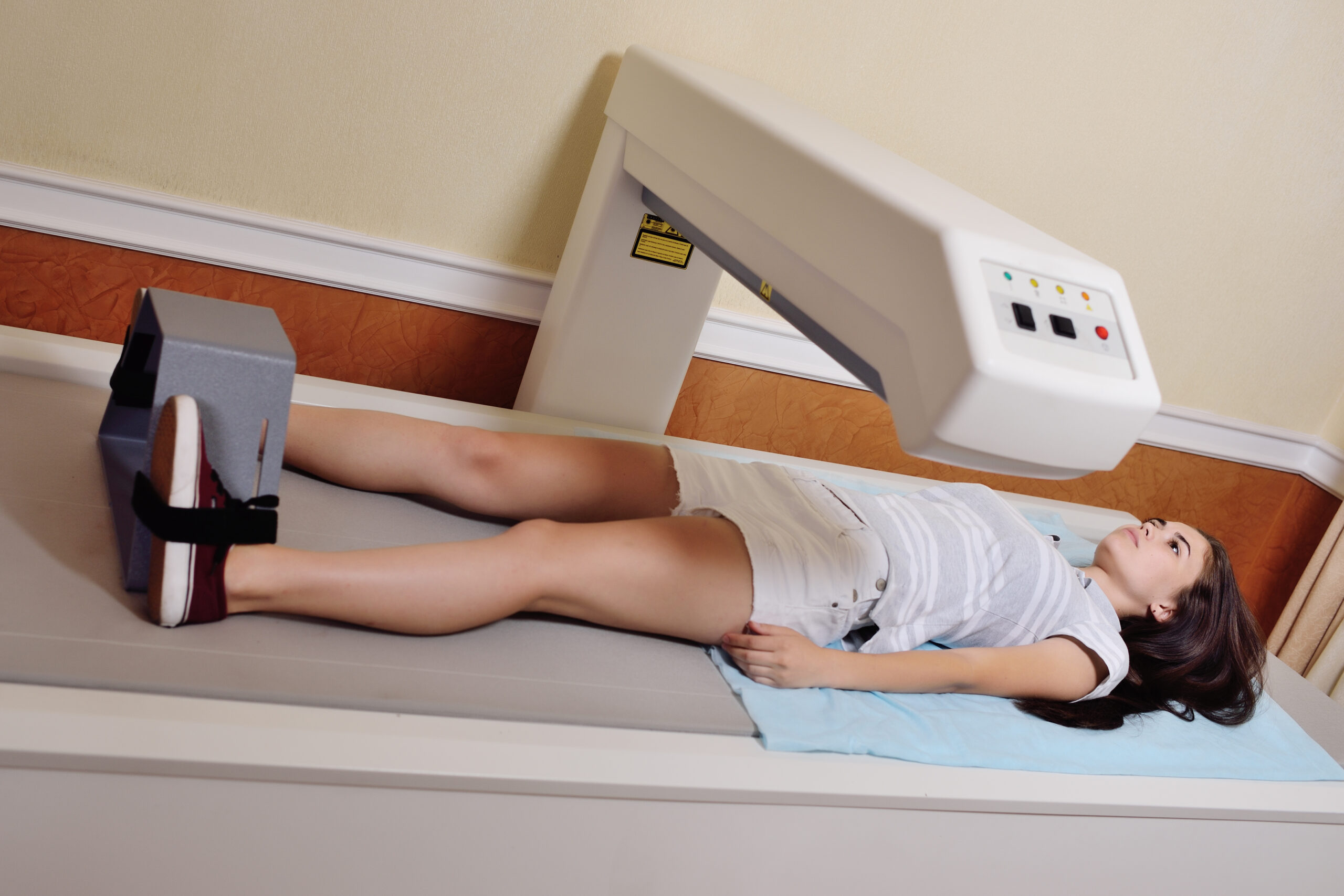
A bone density scanner detects osteoporosis by measuring bone mineral density. It uses dual-energy X-ray absorptiometry (DEXA) for accurate and non-invasive results. These scans help doctors assess fracture risk and monitor treatment effectiveness. Modern systems are fast, safe, and widely accessible in clinics. Early detection enables timely interventions to improve bone health. Many devices now provide detailed reports to guide personalized care plans. Bone density scanning plays a crucial role in preventing debilitating fractures.
Electrocardiogram (ECG/EKG)

An ECG records the heart’s electrical activity to detect irregular rhythms. It identifies issues like arrhythmias, heart attacks, and other cardiac conditions. The test is quick, non-invasive, and provides instant results. Modern ECG machines are portable, allowing for monitoring in ambulances or remote areas. Some devices now offer wireless connectivity for real-time data sharing. This technology has become an essential tool in emergency and routine care. Its accuracy saves lives in critical moments.
Stereotactic Radiosurgery System (e.g., Gamma Knife)

The Gamma Knife delivers precise radiation to treat brain tumors and disorders. It uses focused beams to target affected areas while sparing healthy tissue. This non-invasive procedure eliminates the need for traditional surgery. Advanced systems provide accuracy within fractions of a millimeter. Treatments are typically completed in one session, reducing recovery time. It is particularly effective for small, deep-seated brain lesions. This innovation has transformed neurosurgical care.
PET Scanner (Positron Emission Tomography)

A PET scanner provides detailed images of metabolic activity in the body. It uses a small amount of radioactive material to highlight cellular processes. This device is crucial for detecting cancer, heart conditions, and neurological disorders. Modern scanners combine PET with CT or MRI for enhanced diagnostics. Results offer valuable insights into disease progression and treatment effectiveness. It remains a vital tool in oncology and research. PET imaging continues to advance personalized medicine.
Artificial Pancreas

The artificial pancreas automates blood sugar regulation for diabetes patients. It combines an insulin pump and continuous glucose monitor for seamless control. This closed-loop system mimics the natural function of a healthy pancreas. It reduces the risk of hyperglycemia and hypoglycemia significantly. Advanced models adjust insulin delivery based on real-time glucose levels. The device offers greater freedom and peace of mind for users. It represents a major leap forward in diabetes management.
This article originally appeared on Rarest.org.
More from Rarest.org
20 Largest Battleships Ever Built in the World

Battleships represent some of the most powerful and iconic vessels in naval history, built to project immense strength and withstand intense combat. Read More.
19 Oldest Video Game Consoles Ever Made
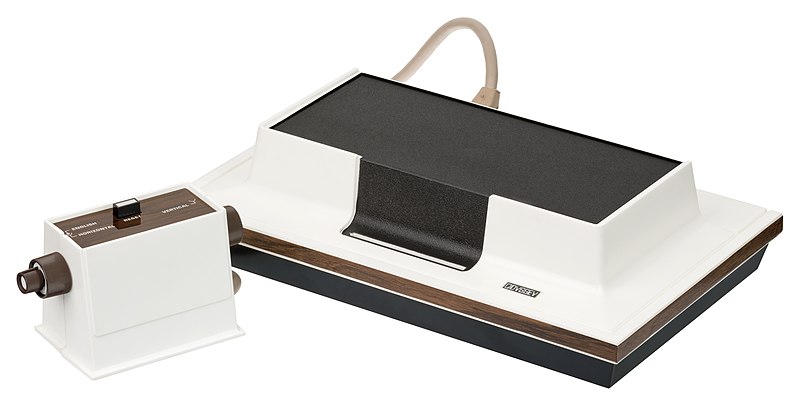
he world of video game consoles has come a long way, but its roots are deeply embedded in some groundbreaking and nostalgic early systems. Read More.
19 Rare Animals Discovered in the Most Unexpected Locations

The natural world is full of surprises, with rare and fascinating creatures sometimes found in the most unexpected places. Read More.
